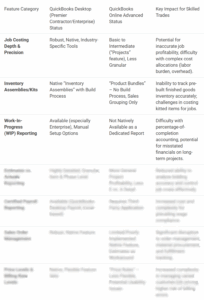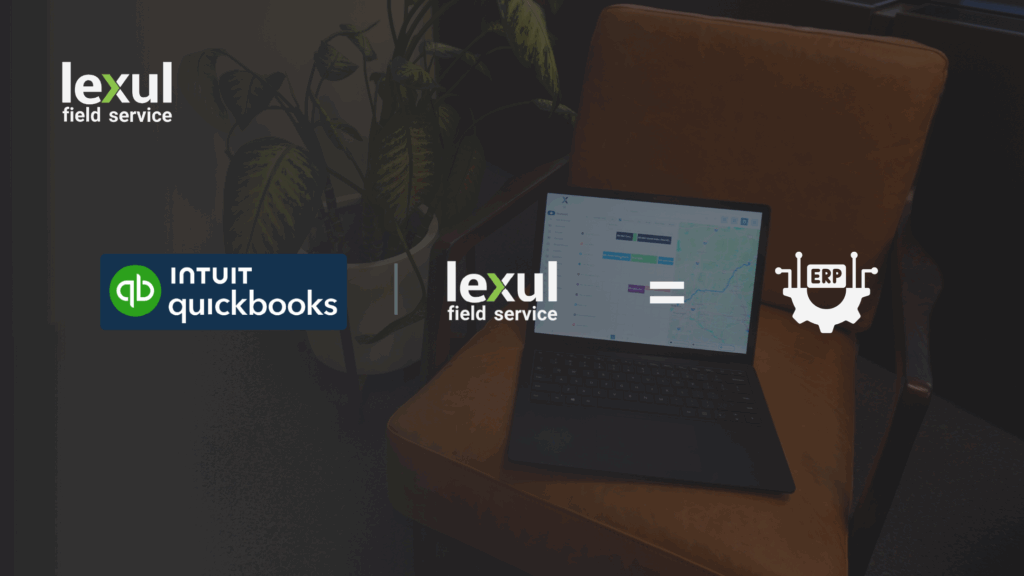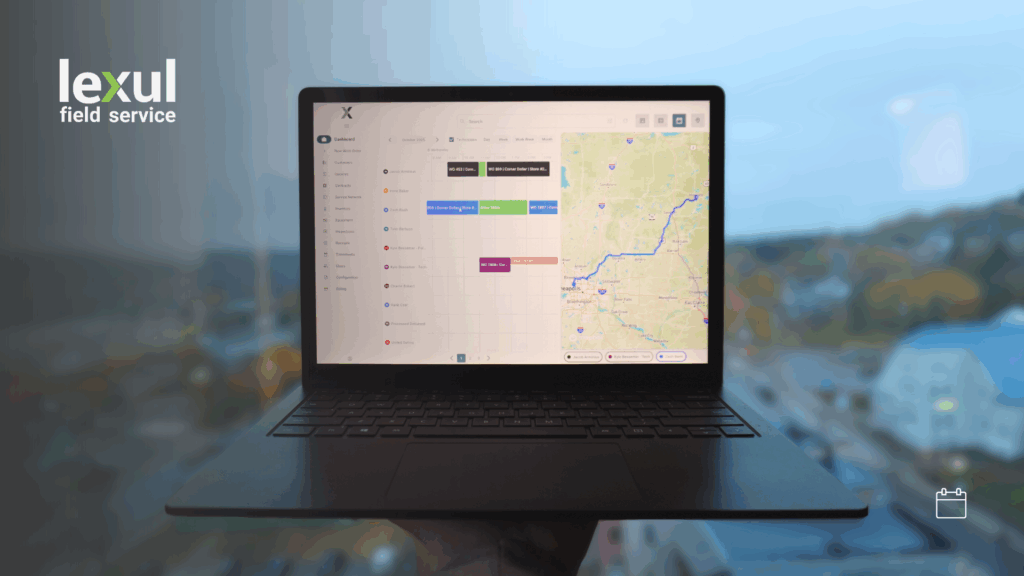Skilled trades companies considering transitioning from established QuickBooks Desktop platforms, such as the Premier Contractor or Enterprise editions, to QuickBooks Online Advanced will encounter notable differences in functionality. While QuickBooks Online Advanced offers the modern advantages of cloud accessibility, a streamlined interface, and robust automation for general accounting tasks, these benefits are often counterbalanced by a reduction in the depth and specificity of features crucial for the operational and financial management of trade-based businesses.
The most significant areas where feature reduction or absence will be experienced include:
- Job Costing Precision: QuickBooks Online Advanced, while equipped with a “Projects” feature, generally offers less granular control over job cost allocation, particularly concerning comprehensive labor burden (including payroll taxes, worker’s compensation, and benefits) and sophisticated overhead distribution methodologies traditionally manageable in QuickBooks Desktop’s contractor-focused versions.
- Advanced Inventory Management: QuickBooks Desktop’s capabilities for handling inventory assemblies (true build processes), multiple units of measure with conversions, and a choice of costing methods (like average costing in standard QuickBooks Desktop or FIFO in Enterprise Platinum) are more extensive than QuickBooks Online Advanced’s “Product Bundles” (which lack a build process) and its standard FIFO costing. Multi-site inventory tracking also presents differences in depth.
- Industry-Specific Reporting: The rich suite of contractor-specific reports in QuickBooks Desktop, such as detailed Work-In-Progress (WIP), comprehensive Estimates vs. Actuals analyses at job and item levels, and other tailored reports, are not replicated with the same out-of-the-box depth or customization potential in QuickBooks Online Advanced.
- Sales Process Functionalities: Dedicated Sales Order management, flexible Price Levels, and Billing Rate Levels, along with specific item types like ‘Other Charges’, are well-established in QuickBooks Desktop but are either absent, significantly different, or less robust in QuickBooks Online Advanced.
A core theme emerging from this comparison is a trade-off between QuickBooks Online’s generalized ease of use and QuickBooks Desktop’s specialized, in-depth functionality. QuickBooks Online Advanced is designed for a broader audience and often simplifies features that, in their more complex QuickBooks Desktop iterations, provide essential control for businesses with intricate workflows, such as those common in construction and other skilled trades. Consequently, companies migrating to QuickBooks Online Advanced may find an increased need to rely on third-party applications to bridge functional gaps, particularly for specialized requirements like certified payroll, advanced bill of materials, or highly detailed project management. This can introduce additional costs, integration management complexities, and the potential for a more fragmented data environment.
The following table provides a high-level overview of these critical feature categories:
Table 1: Feature Category Comparison: QuickBooks Desktop (Contractor/Enterprise) vs. QuickBooks Online Advanced

Get the Report:
To access the full 55 page report completely free, add your email below and we’ll send it to you!













